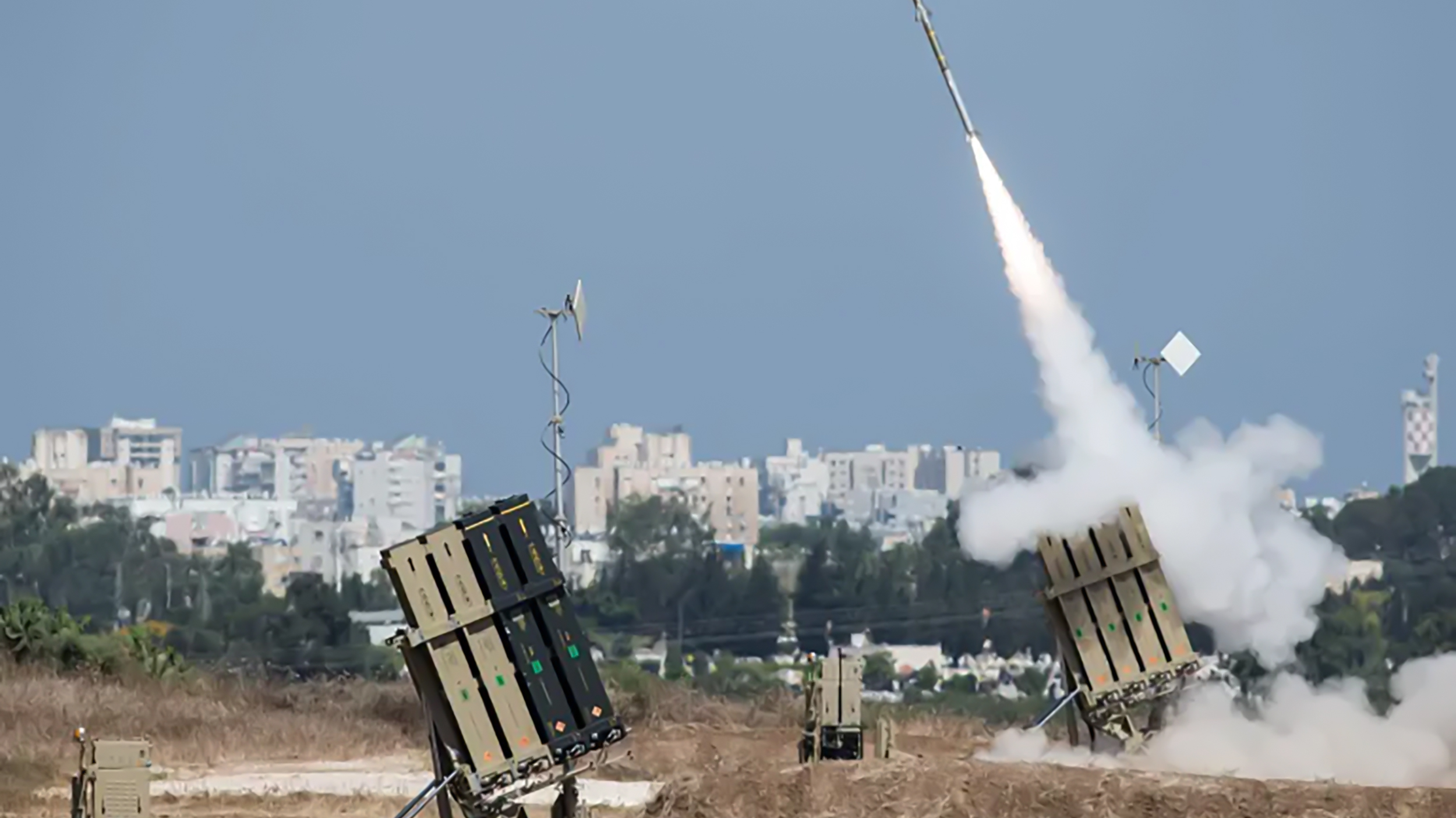
At the end of its 12-day campaign against Iran in June 2025, Israel revised its strategic calculations based on key national security objectives: eliminating the Iranian nuclear project, undermining Iran’s regional influence and destroying its missile power, and bringing down the Iranian regime or at least hastening its collapse.
Estimates of the damage sustained by Iran’s nuclear programme vary widely, but the consensus is that it was not irrevocably incapacitated. After the ceasefire, the Iranian leadership pledged to continue uranium enrichment and suspended cooperation with the International Atomic Energy Agency (IAEA), which it accused of failing to honour its obligations.
The departure of IAEA staff from Iran and the suspension of its periodic reports compromises the ability of Tel Aviv and Washington to monitor the status of Iran’s nuclear programme. In response, the Israeli leadership will likely exaggerate the threat to lay the groundwork for a new attack. Both Israel and the United States will also likely attempt to build a UN consensus for severe sanctions on Iran to force renewed IAEA inspections, though Russia and China could thwart their attempts to secure a resolution in the UN Security Council.
In terms of the conventional military balance between the two countries, the war revealed Israel’s military edge. Israel carried out sophisticated intelligence operations that allowed it to act freely within Iranian territory and gave it near-total air supremacy in Iranian skies. The Axis of Resistance was shown to be severely fragmented and largely ineffective, while Israel’s own defence system proved highly effective, intercepting 60–90 percent of Iranian missiles.
Despite this disparity, Iran’s missile strikes inflicted heavy losses on Israel, with estimates indicating that 77 of the 550 missiles hit their targets, and Israel’s air defences lost effectiveness with time. Though presently weakened, the Axis of Resistance remains capable of inflicting harm on US and Israeli interests in the region.
As for Israel’s goal of regime change, the war exposed the unreality of its expectations. Despite Israeli appeals urging Iranians to liberate themselves, there were no anti-regime protests, and, in fact, most Iranians rallied in defence of their country, seeing the attack on nuclear facilities as unprovoked aggression.
Given that Israel was unable to completely eliminate perceived Iranian threats to its national security, it is expected to continue pursuing its goals. New assaults are unlikely in the near future because it needs to assess the impact of its attacks on nuclear facilities, replenish its stock of interceptor missiles, and coordinate with the US, all of which will take time, especially considering the depletion of the US’s own stock of THAAD interceptors.
These obstacles may spur Israel to focus on intelligence and cyber operations, which have proven effective against the nuclear programme in the past. It may also act to weaken pro-Iranian armed factions, especially Hezbollah, to prevent their resurgence.
In parallel, it may seek to isolate Iran regionally by expanding normalisation agreements in the region, betting on its successful deterrence of Iran to bring Arab states on board. But the outcome of the war makes this unlikely. Israel needed direct US intervention to defend itself, and it is unclear whether Israel was capable of continuing or ending the war on its own. Iranian missiles also proved increasingly effective in penetrating advanced Israeli defence systems. If Iran found itself without better options, it might shut down the Strait of Hormuz, which would harm everyone.
In the medium term, Israel will adapt to Iranian behaviour. If Iran proceeds with uranium enrichment with the goal of obtaining a nuclear weapon, Israel will again attempt to thwart it with further attacks on nuclear facilities. The cost for Israel, however, will be steeper because Iran will have corrected its own shortcomings exposed by the war and will certainly continue to develop its ballistic missiles. It will also move its nuclear facilities to highly fortified mountainous areas inaccessible to Israeli or US warplanes.
If Israel cannot disrupt the nuclear programme, it will prioritise the overthrow of the Iranian regime, which would entail more assassinations of political, military and security leaders, and the sabotage of communications, electricity and water networks with the aim of fomenting chaos and thereby weakening the regime’s ability to control the street.
In the final analysis, the 12-day war brought the confrontation between Israel and Iran out of the shadows and into the open. Unless both sides radically change their perceptions of the nature of external threats, the most recent confrontation will be a prelude to future rounds or a long-term war.
*This is a summary of a policy brief originally written in Arabic available here.